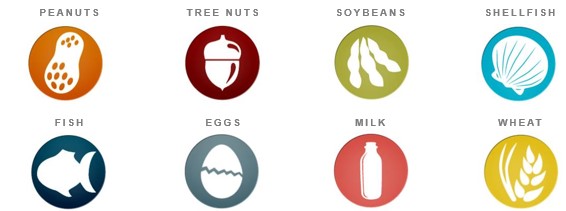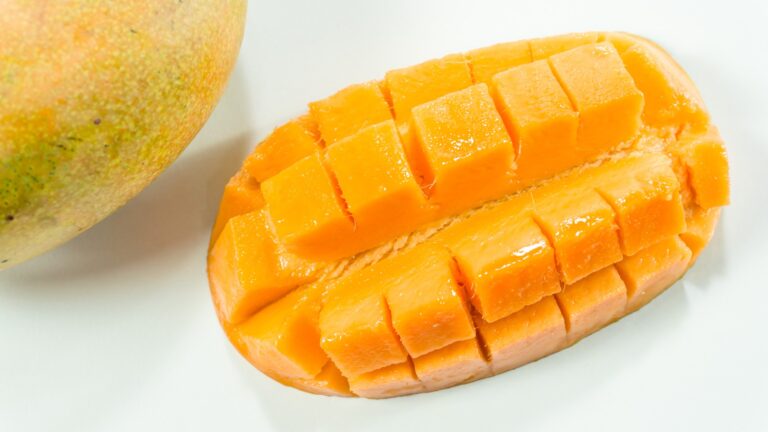Foreign Body Detection in Foods Using X-RAY
The preparation and manufacturing of safe food is a fundamental responsibility of every food producer to meet the quality and food safety of the product. A strong food safety management system helps in delivering safe food to the consumer. To ensure a proper food safety management system is in place, one of the key requirements is foreign body detection in Foods using X-rays.
Principles of X-ray Inspection
X-Ray system uses a generator to project a beam of low-energy X-rays through the product onto a
series of sensors. The action of the product moving through the beam results in a greyscale
image being produced. This greyscale image is then analyzed for various abnormalities like contaminations.
Benefits of X-ray Inspection
For many different types of products, X-ray technology offers the possibility of being able to
scan the finished packed product for all types of metals as well as any other ‘dense’ foreign body
contaminants e.g. glass, mineral stone, and may also have other product quality monitoring
benefits e.g. missing components/underfill.
- In many cases, better detection will be achieved over conventional methods. This is particularly relevant for food products in metallic-based packaging where metal detection of the finished packed product is either limited or not possible i.e.:
- No effect from packaging (metalized film or foil packaging).
- No effect from the product (moisture/temperature/conductivity etc).
- Does not suffer from ferrous/non-ferrous/stainless differentiation (except aluminum).
- Detects some non-metallic contaminants – glass, stone, bone, dense plastics, and rubbers.
- Inspection is possible for products in glass jars, metal cans, and ceramic containers.
Location of X-Ray
X-ray inspection systems should be located at the end of the product packaging process, or as close
as possible to the finished packing point and inline with the main production flow.
Systems should be specified in conjunction with the equipment supplier to ensure they can perform
effectively in the intended working environment. Performance should not be adversely affected by
external electrical interference or by plant operating conditions – e.g. wet environments, areas of high vibration, extremes of temperature, or harsh hygiene procedures.
X-ray Inspection System Types
X-ray systems fall into three broad categories; vertical beam systems, horizontal beam systems and
combination (horizontal & vertical beam systems.
1-Vertical Beam Systems X-ray
Inspection of sealed packs (flow wraps, pouches, cartons, trays)
The X-ray generator is typically mounted on the top of the cabinet; the beam shoots downwards through the product and belt before reaching the detector. The image created from the beam is a planned view of the pack, which makes it easy to see the internal components. The largest width and depth of the pack determine the size of the X-ray beam required.
Bulk-Flow Machines – Wet, Dry or Free-flowing Products
These systems inspect loose products before being packaged. For example, peanuts, extruded snacks, dried fruits, and powders.
Pipeline Machines
These systems are designed for the inspection of pumped products, typically slurries, semi-solids, and fluid before final packaging. For example, jams, minced meat, chocolate, fruit puree, and dairy spreads.
2-Horizontal Beam systems X-ray – Tall, Rigid Containers
These systems are typically used for tall rigid packages that are taller than they are wide. For example, PET bottles. The x-ray generator is mounted on the side of the machine, scans through the side of the container
Low Absorption For Cartons, Plastic containers
A single horizontal beam skims across the top of the conveyor and scans the pack as it passes through the beam. In this setup the conveyor used for product transport does not affect the X-ray image as it is not in the path of the X-ray beam.
Medium Absorption For Metal cans
These systems employ a split dual-beam arrangement, from a single X-ray generator. The X-ray beams strike two separate detectors, which means that every can is imaged twice from different angles: increasing the coverage in the container and the probability of detection. This is especially important in the detection of contaminants located in the base or side walls of the can.
High Absorption For Glass jars & Bottles
Glass jars and bottles are one the most difficult packaging types as the foreign body of interest (i.e. glass) is the same material as the packaging. The type of product being packaged and its viscosity influences on where a contaminant is likely to be located in the final pack.
The lid area of a glass jar or bottle can be complex. This area contains the metal closure, glass screw threads, and variations in glass thickness in the jar/bottle shoulder.
Rapid, high-volume fills of semi-solid or viscous products can cause contaminants to be washed out of the base area, lifting them higher in the container and potentially held in suspension.
A hot fill of a semi-solid or thick, particulate will mean the product is less viscous allowing dense contaminants to settle closer to the base of the packaging.
For fluids, a contaminant will most likely be in the base, so inspection should be concentrated in that area.
Post-filling, many glass contaminants come from the capping process. A coldfill of a semi-solid or thick particulate product can hold contaminants in suspension, so the whole of the container should be inspected.
3-Combination Beam Systems X-ray
Dual Beam
The probability of detection in glass jars is improved by using a dual-beam system. Two separate angled X-ray beams are directed towards two detectors. Inspecting the same jar, simultaneously from two different angles increases the chance of glass shard detection. This arrangement means that a larger area of the base is inspected and increases the chance of detection of contaminants located in the side wall.
Combination Beam
A combination of vertical and horizontal beams is the next level of increasing coverage and optimizing detection in more difficult areas. These systems offered the best possible detection available for glass jar inspection. An optimum X-ray system used a vertical beam and three horizontal beams. This combination and arrangement of beams provide complete coverage.
FAQ




